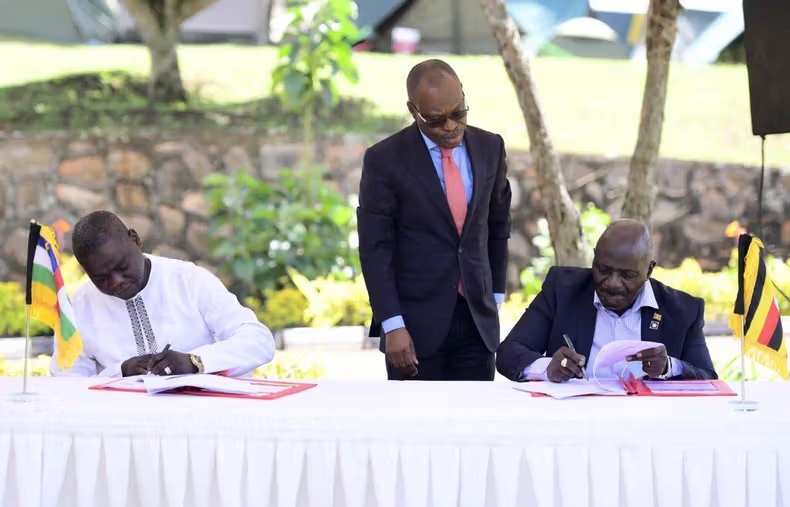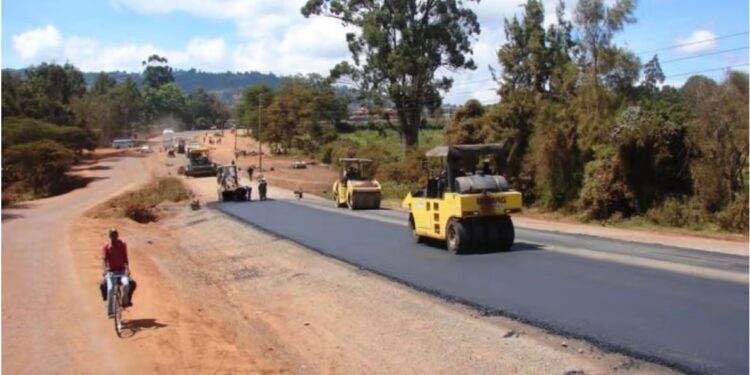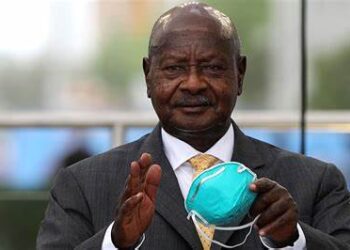Sputnik Africa reports that the ambitious 1,800-kilometre road project connecting Uganda, South Sudan, and the Central African Republic (CAR) will be executed in phases, with construction moving progressively across borders—from Uganda into South Sudan, and then from South Sudan into CAR.
Project Phases
Phase I focuses on urgent repairs, gravel road upgrades, and bridge maintenance to quickly make the corridor navigable and secure for trade.
Phase II will involve tarmacking gravel roads and rehabilitating paved routes to create a durable, high-capacity corridor that supports growing commercial traffic over time. Together, these phases aim to improve access and boost regional trade.
The phased approach enables the three countries to focus on the most critical sections of the corridor first, while gradually mobilizing resources for broader, long-term improvements.
To ensure the project’s success, Uganda, South Sudan, and the Central African Republic will work together to secure financing from a combination of national budgets, international development partners, and private-sector investments.
By sequencing the project from Uganda through South Sudan to CAR, the initiative reflects both strategic regional planning and a commitment to boosting intra-African trade, especially for landlocked and infrastructure-challenged areas.
Major project routes

According to South Sudan’s Minister of Roads and Bridges, Simon Mijok Mijak, the three countries have agreed to jointly fund the long-term implementation of the corridor, which will stretch from Kampala, Uganda’s capital, to Bangui, the capital of CAR, passing through South Sudan.
“This project is a game-changer for regional integration,” Minister Mijak said. “The Central African Republic seeks to connect with Uganda through South Sudan, and we have proposed two major routes to achieve this: one via Nimule, Juba, Mundri, Maridi, Yambio, and Tambura, and another through Kaya, Morobo, Yei, Lainya, and Juba. These highways will serve as vital arteries for trade and economic cooperation,” he added.
Regional trade corridor to address special trade needs
Currently, poor roads and border delays hinder trade, making it costly and slow. This corridor will shorten delivery times, lower logistics expenses, and improve trade reliability for both small and large businesses.
The corridor provides an alternative East-West trade route, easing congestion on traditional North-South pathways and enhancing regional trade resilience. It aligns with the African Continental Free Trade Area’s goal of connecting African economies by facilitating the free movement of goods and people.
Importantly, the corridor supports post-conflict recovery in South Sudan and CAR by promoting infrastructure-led growth, improving livelihoods, and fostering stability. It will also serve as a crucial route for humanitarian and security operations in fragile border areas.
Overall, this corridor is a transformative project that will strengthen regional integration, reduce trade barriers, and promote inclusive economic growth across East and Central Africa.
Once completed, the Kampala–Bangui corridor could emerge as a vital economic artery linking East and Central Africa, enhancing access to markets and promoting stability through increased economic interdependence.







Discussion about this post